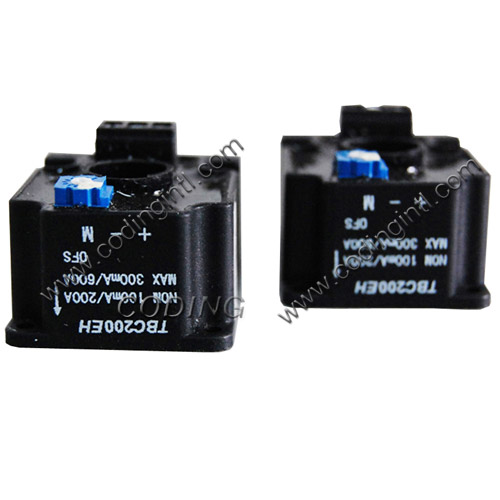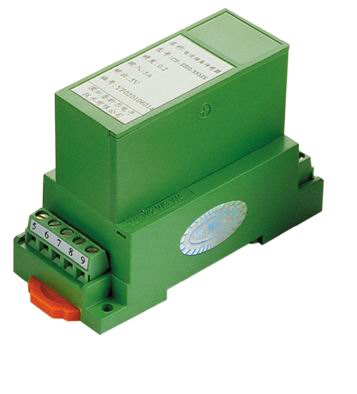Emissions Standards Drive Automotive Powertrain Silicon Sensors Past $1 Billion
The global market for automotive powertrain silicon sensors can cross the $1 billion threshold at the end of the year 2013, with stricter emission standards in the United States as well as Europe projected drive an automobile the market forward, based on a new report coming from IHS Inc.
Sensor income in vehicle powertrain programs is set to reach $1.03 billion by year-end assessed at first-level package, up 7 percent via $964.5 million in 2012. Revenue will continue to grow at rates ranging from 5 to 7 percent during the next four years, returning to some $1.28 million by 2017, as revealed in the attached amount. “Although vehicles today create considerably less pollution when compared with 20 years ago, substantial advancements continue to be made by car manufacturers in engine-out pollutants and exhaust after-treatment systems,” said Rich Dixon, Ph.D., senior principal analyst pertaining to MEMS & sensors at IHS. “These changes have been carried out on account of mandated legislation inside areas like the Oughout.S., Japan along with Western Europe, aimed at reducing carbon emissions throughout vehicles to help reduce climate change.”
Such emission-reduction systems are used on all types of vehicles in fully developed markets. For example, established oxygen catalysts in diesel engines along with three-way catalysts in gasoline engines are particularly effective at removing hydrocarbons, nitrogen oxide along with carbon dioxide. But legislation is especially targeting diesel-powered engines, which make upwards 50 percent of the European market, Dixon noted.
While the high fuel efficiency of diesel engines explains their acceptance, it is also the motor type requiring one of the most treatment due to a mix of poisonous nitrogen oxide gases and particle matter (smoke) produced during the ignition process. Methods to minimize these pollutants such as cooled exhaust fuel recirculation (EGR), diesel particle filter systems and selective catalytic lowering systems require receptors for control but also to monitor their overall performance, Dixon added.
Other systems milked by vehicle producers in the fight to fulfill future tougher emission-control specifications include stop-start systems as well as gasoline particle filters. In stop-start systems, the particular engine turns off when a car stops at a junction or even stoplight. Stop-start systems use a blend of wheel-speed sensors to ascertain if the automobile has stopped, along with switches that determine whether the clutch or perhaps brake has been actuated as well as the gear is in basic position, while force sensors measure the vacuum cleaner generated in the brake pedal under a stopped motor condition. A current indicator is also deployed to determine if the battery problem is sufficient to handle the actual restart of the car. Considerable fuel-and thus, skin tightening and savings-can be made in this fashion. Stop-start programs will grow quickly in the years forward, with penetration within vehicle to reach above 30 percent by 2017.
On the other hand, the use of gasoline chemical (GPF) filters may influence European car makers later on. GPFs are effective at taking away soot particles from your gasoline direct-injection engine in the same way as a filter in a diesel engine. GDI motors produce higher nitrogen oxide compared to standard gasoline search engines, and removing this particular poisonous gas produces the similarly dangerous soot. GPFs are being considered to fulfill the new targets upon particle emissions throughout Euro 6 legislation. A pressure indicator monitoring the filtering is one application for silicon, even though additional sensors monitoring particle mass will also be essential. Other systems that will make use of sensors to help in the particular emissions-reduction effort include:
In-cylinder pressure sensors, useful in regulating conditions in combustion. IHS sees these devices, expected to include one indicator per cylinder, as essential in the future, especially for diesel engine vehicles. Companies like Vw and Daimler are already implementing these sensors inside new models.
Acrylic pressure sensors, to be able to monitor leakages inside the crankcase-itself under pressure.
Evaporative fuel sensors-mostly used in the United States, but Western european markets are utilizing methods to store and later launch evaporated fuel from fuel lines along with fuel tanks, being burned in the motor.
New SCR systems, used on high-end diesels like Mercedes- Benz E-class cars, that demand pressure sensors to watch the contents of a separate tank supplying ammonia to the exhaust system to relieve nitrogen oxide emissions.
Meanwhile EGR techniques show only mild growth for strain sensors. Most of the details for EGR systems these days is provided by knowledge of the valve position that bleeds within exhaust gas to blend with air along with fuel in the canister, and temperature to demonstrate the start of EGR gas flow. Pressure sensors provides additional value giving details of the stream rate, but that is your exception at present.
This article by blogcoding original compilation, please indicate the source:http://www.codingintl.com/blog/732.html




Post a comment